Thanks to the Sussex Archaeological Society I was lucky enough to have a tour of Compton Place here in Eastbourne. The house and grounds are owned by the Duke of Devonshire and for the past sixty years have been leased to a ladies’ finishing school which since became a language school. The house is Grade I listed and not open to the public.
Most people in Eastbourne have no idea that Compton Place exists, hidden by flint walls and encircled by the Royal Eastbourne Golf Club (also leased from the Devonshires). The house was originally Bourne Place, a Jacobean manor, a few bits of which survive (a staircase and some panelling), and some form of house may have existed there since Tudor times. In 1726 it was remodelled in the Palladian style to the design of Colen Campbell the celebrated architect. The man who commissioned this was Spencer Compton, Britain’s second prime minister, elbowed out of the chance to be the first by Walpole. When he finally got his turn 20 years later he died after six months – supposedly due to the stress of the job.
The house was acquired by the Devonshire family by marriage in 1763 when Lady Elizabeth Compton married Lord George Cavendish and in 1858 it was added to the estates of the 7th Duke, William Cavendish.
Our tour started in the stable blocks. Alongside stabling for horses and carriages, the block in the photo was dedicated to cows and sheep below and grooms above. Today the building houses classrooms.
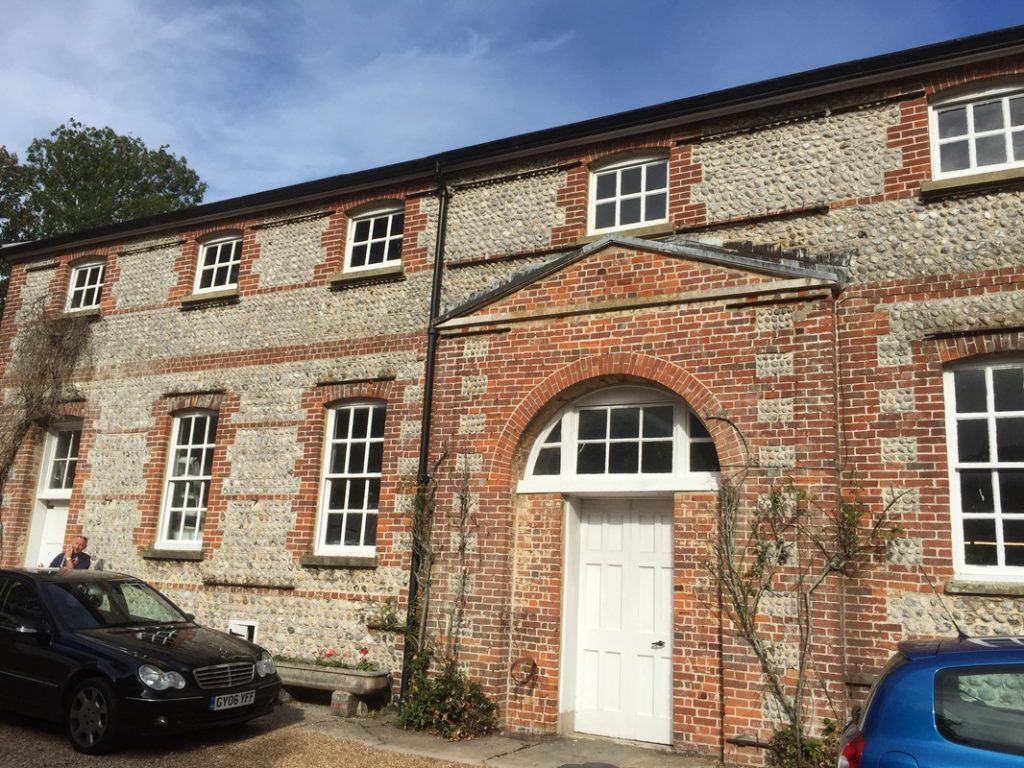
In a walled garden we came across this bothy, built as a playhouse for the Devonshire children and currently housing bits and pieces of listed “stuff” that has to be preserved.

What was once a statue-lined walk has now lost its statues – removed to Chatsworth for health and safety reasons to avoid them toppling and crushing the pupils playing in the grounds of the school. As we went around the house it was apparent that a lot of things have been relocated to Chatsworth: other than copies or items of no significant value, most of the paintings have gone.
The cyclamen were blooming in a wooded glade behind the house.
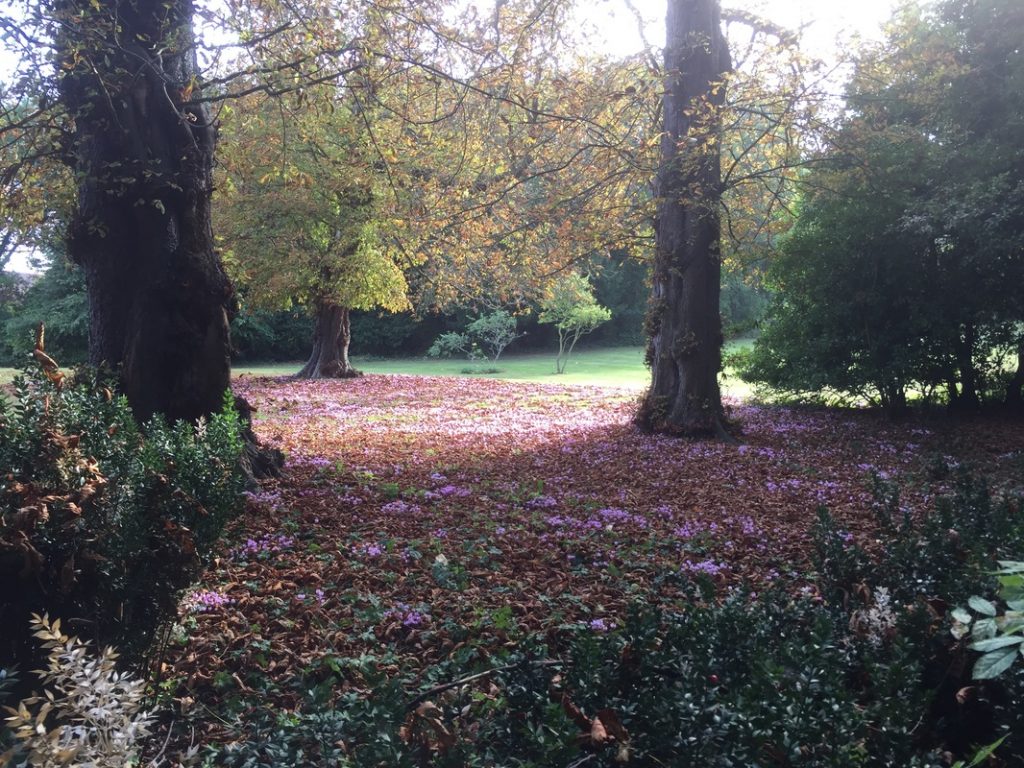
The first room we visited was the former dining room, now a classroom. This was a superb example of the work of Campbell – who never visited the place he had designed.
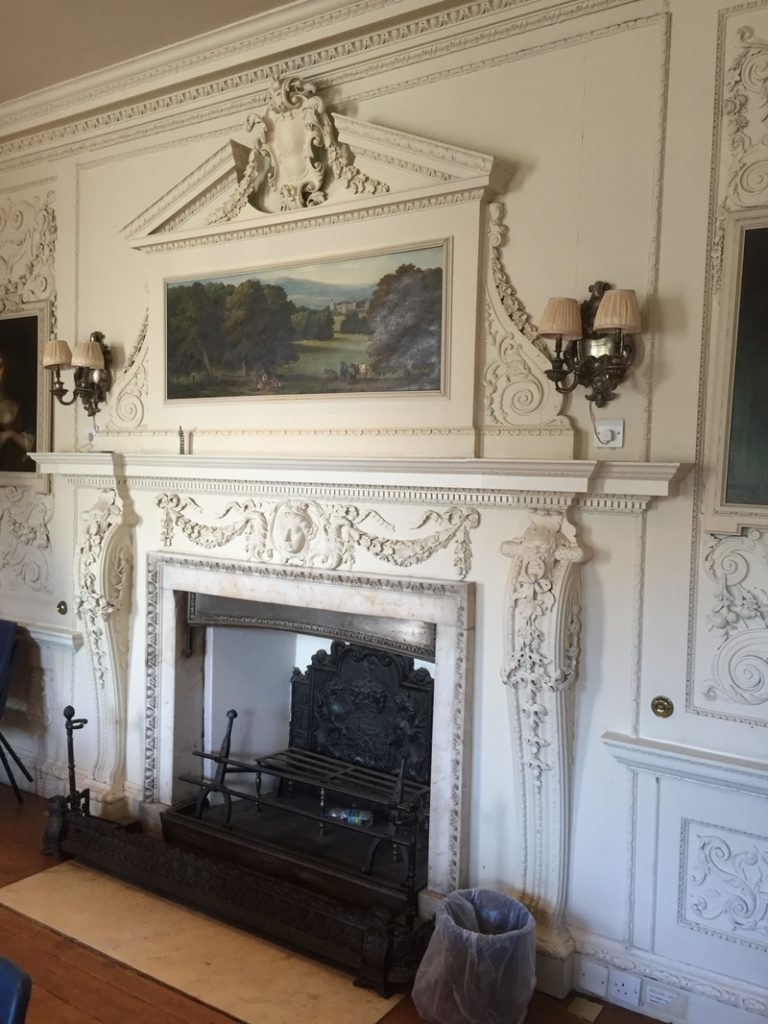
The Library has beautiful original leather wallpaper. The room is marred by the presence of hideous 1960s strip lighting – which as it was there at the time of the listing cannot be removed without permission of English Heritage and Eastbourne Borough Council (the latter is apparently the greater challenge) and would require significant cost.
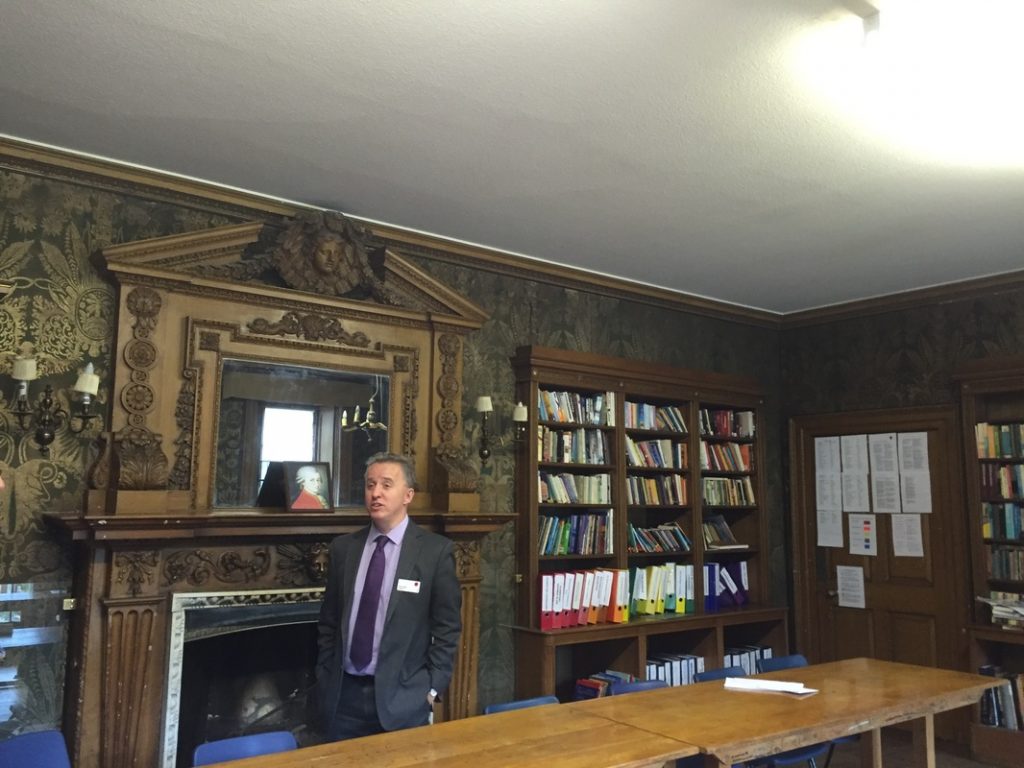
The only surviving image of the architect, Colen Campbell, anywhere in the world is here in the Gallery in a ceiling panel. The presence of the compass and hammer is possibly to signify his architect role – but more likely a masonic connection.
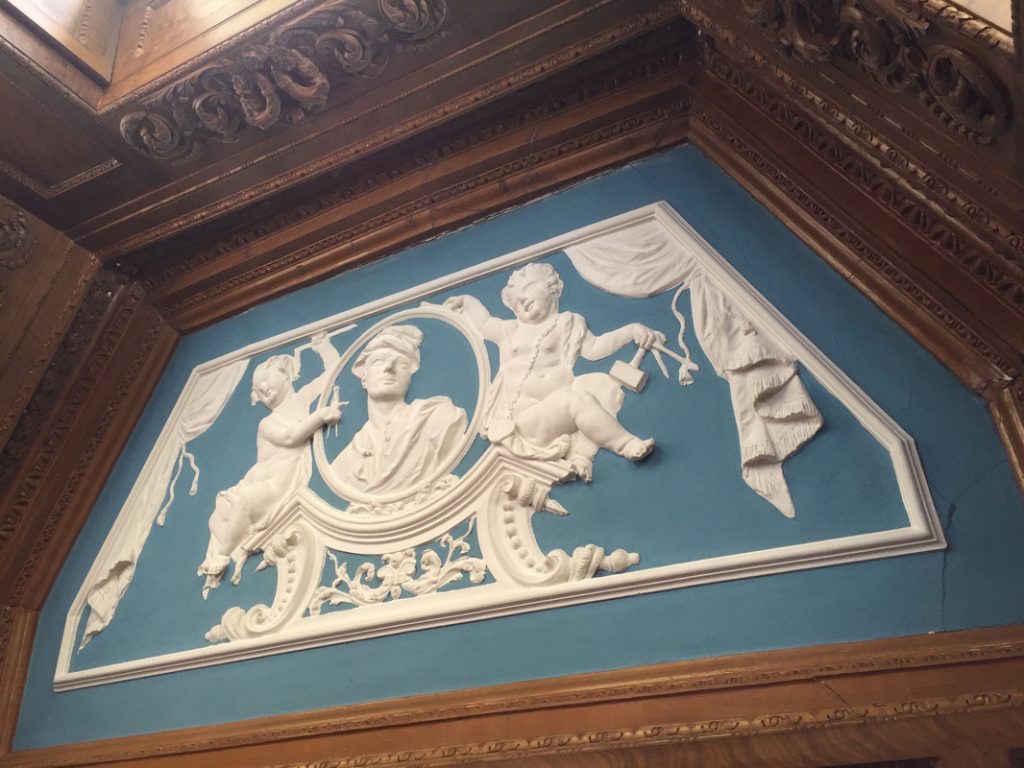
One of the most spectacular rooms in the house is the Duke’s bedroom. This was built by Spencer Compton in expectation of a visit by King George II – which didn’t happen due to the demise of poor old Spencer soon after becoming PM.
The room has had its share of royal visitors though. George VI stayed in it while convalescing in Eastbourne for two weeks and the princesses Elizabeth and Margaret came to visit him here and later stayed in the house themselves for a fortnight in 1946.
Queen Victoria’s granddaughter, Alexandra of Hess, who later became the last Tsarina of Russia, left her mark in 1892 by carving her name in the bedroom window pane with her diamond ring (something she apparently also did in St Petersburg, Moscow and tragically at Ekateringburg. You can see the evidence in the picture. (Alix 1892)
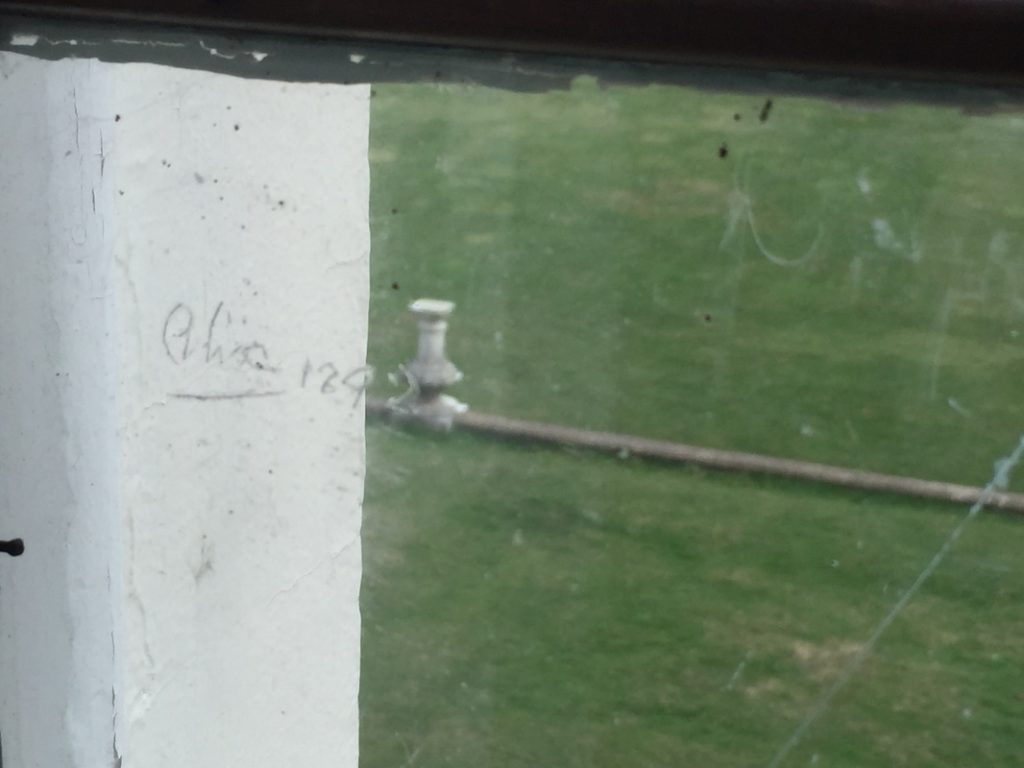
The house has an enormous kitchen, complete with dumb waiter and two vast ovens. It is thought that this may also have originally been used by a local baker serving the Bourne village as the capacity is too large for the size of the house. There is a brewhouse too – where they will have brewed small beer.
The house became a language school in the 1950s. Its pupils included Benazir Bhutto. The reason the Devonshires gave it up as their holiday home was the death of the tenth Duke and the resultant punitive death duties, which forced the sale of land and the leasing of the house and grounds. There is a fascinating little side note about the 10th duke’s death. He and his son had been felling a tree in the grounds when he felt unwell. The local doctor was called and three hours later the duke was dead. The doctor was Eastbourne’s notorious alleged (but acquitted) serial killer of 163 patients, the precursor to Dr Shipman – Dr John Bodkin Adams, whose preference was usually for elderly wealthy widows, but had apparent motive for killing the duke as he was a member of the Plymouth Brethren and had a loathing of freemasons, of which the duke was one. Harold MacMillan put the blocks on investigations into the circumstances of the duke’s death, supposedly out of fear that the press might dig up dirt about his wife Dorothy’s affair with Lord Boothby – Dorothy being the sister of the 10th duke. Perhaps the duke just had a heart attack – but we all like a good story!
All images Clare Flynn 2016



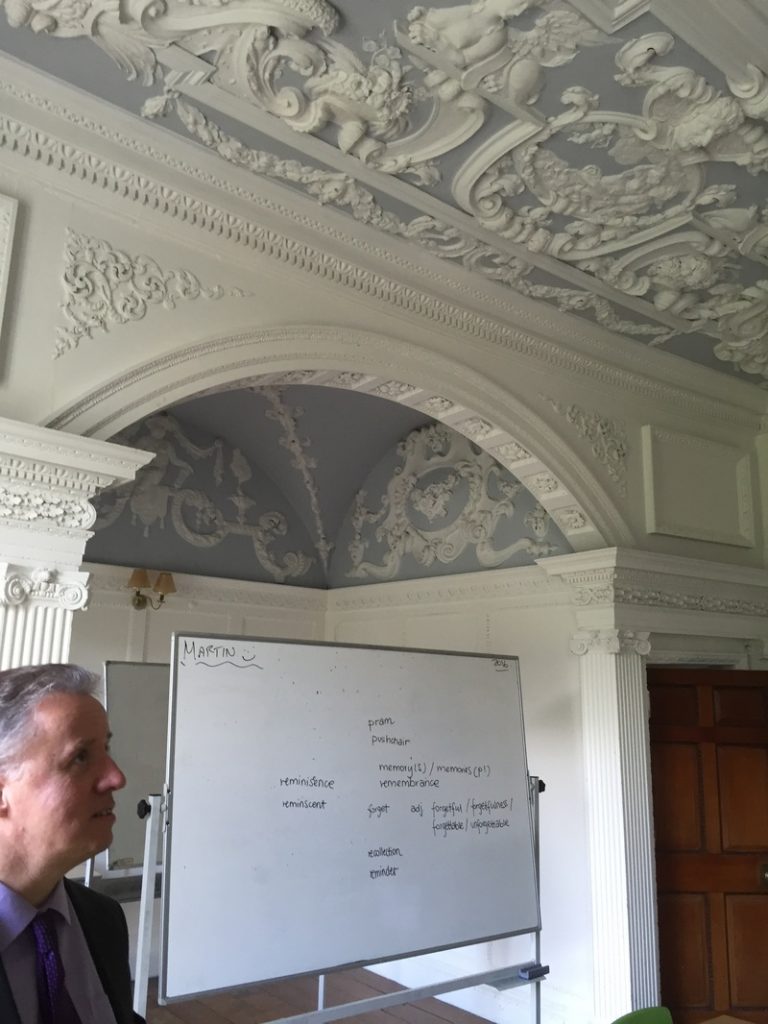
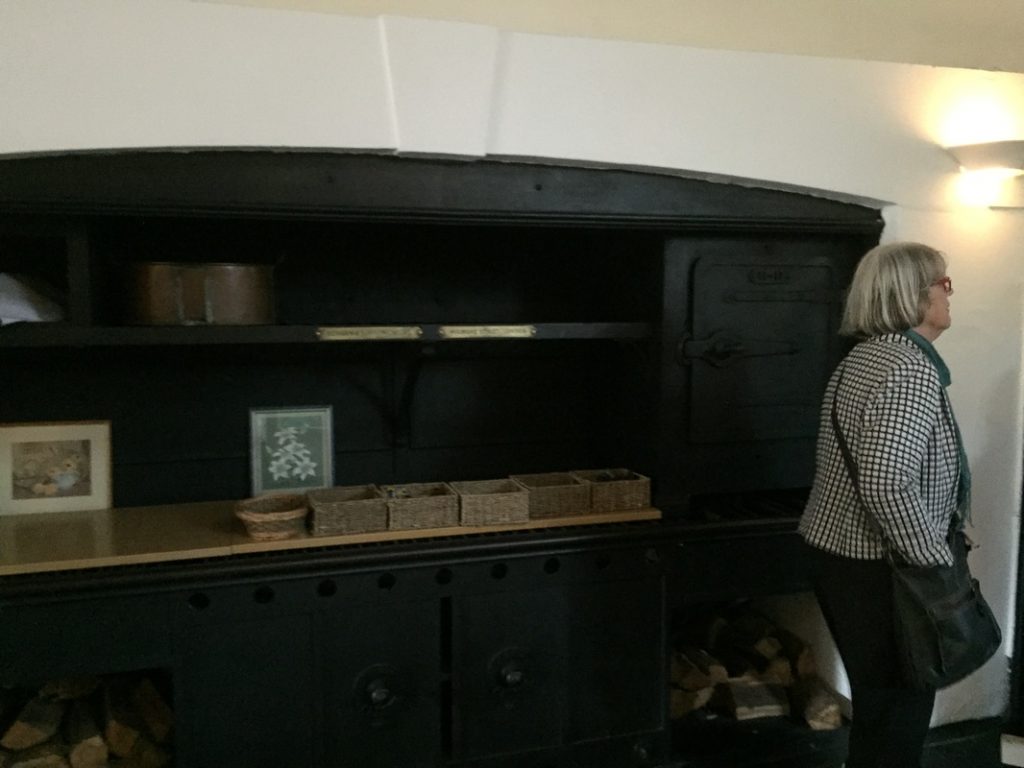
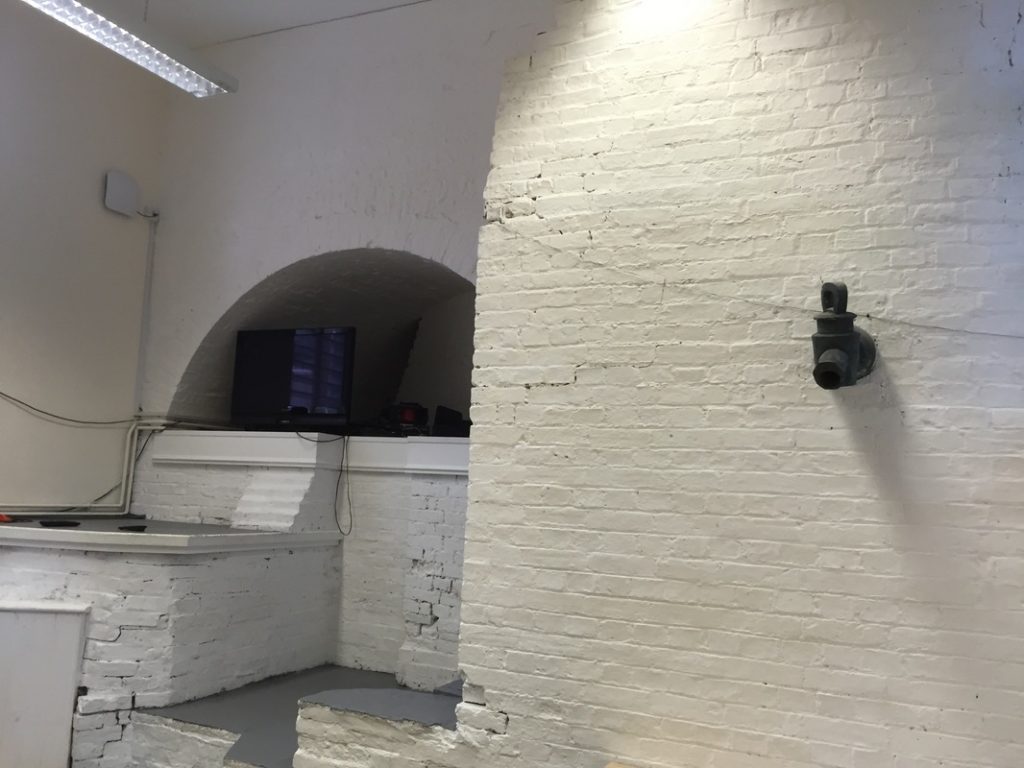
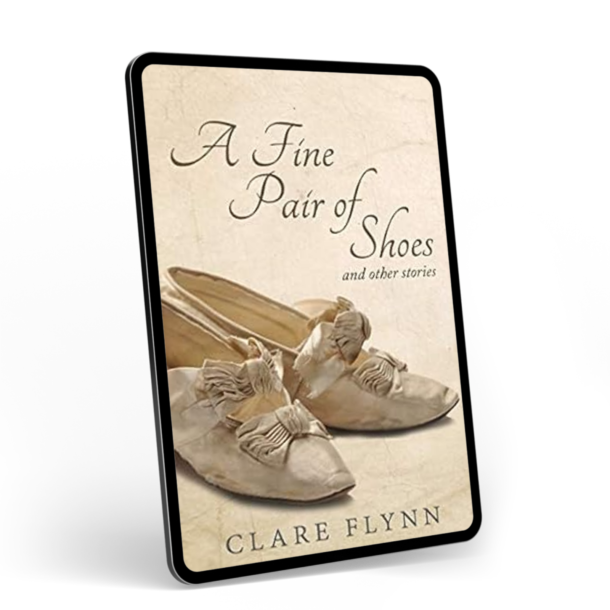
Brilliant insight into a hidden gem. I love the balance of fact and legend (aren’t they always the best bits!).
Did they have slaves at the time this building was being built? Did this home have a slave living area? thank you
This house is in Britain. While Britain profited from the slave trade with America there was not slavery in the form you refer to in the UK so no it definitely did not have slave living areas. It would have had living quarters for paid servants – butlers, maids, cooks etc but these were not slaves.
Thank you for this fascinating article! I will read more! I subscribed to your newsletter. Thanks again
ER
Fabulous! Thank you!
Queen Alexandria and King Edward V11 stayed at Compton Place in 1892. I wondered if it could have been “Alix” who engraved her name on the window pane.
Yes then that has to be a possibility. According to the historian who showed us around it was definitely Alexandra of Hess, Victoria’s granddaughter, who became the last tsarina – the inscription was Alix – which was how she was known and spelt her name before she married Nicholas two years’ later although the royals called her Alicky to distinguish her from Alix the PofW. At the time when the window was scratched she was only 20, desperate to marry Nicholas but Victoria didn’t approve and Alix was shown other suitors, all of whom she rejected. Easy to imagine a lovelorn 20 year old scratching the window with a diamond ring – harder to believe the Princess of Wales would have done it as she was then 44. I imagine also the house has records of who stayed when.
The 10th Duke died in 1950. a Labour Government under Clem Attlee was in office. Harold MacMillan could not have exercised any influence. In any event Lady Dorothy’s affair with Boothby had been known in political circles for many years.
I han’t checked the detailed chronology – so thanks for that. I was merely reporting what was apparently the gossip here at the time. And as I said – we all like a good story! I also imagine the question of the duke’s sudden death was raised years later when Bodkin Adams was being investigated, by which time Macmillan was in Downing street. But yes, it does seem unlikely that a PM would intervene to block an investigation into a serial killer out of fear that it would bring his sister’s long-standing affair into the spotlight.
I would love to visit Compton Place and the beautiful gardens. It is a pity the listed building is not open to the open.
Yes it’s a real shame, Helen. I was so lucky to get access.
Hi Clare,
What a great post and fabulous pictures, thank you!
I am transcribing , researching and sharing extracts from eight diaries of two connected ladies spanning 1820-1940. In my 1894 diary the diarist Esme Elliott is in Eastbourne and goes to a flower show at Compton Place. Do you know anything about that?
If you’d like to read my posts you can see them at John Lindsay’s 1854 Diary (my previous project) https://www.facebook.com/www.johnlindsays1854diary.co.uk/
I will sign up to your excellent newsletter.
Best wishes
Val
So sorry, Valerie, for missing this earlier. No I didn’t know about the flower show. The grounds are very large – and were even larger then so I can imagine the Duke hosting such a show especially if it was charitable. Thanks for signing up to the newsletter! And those diaries sound very interesting
Hi Clare, just found this piece and wondered if you knew anything about Red Cross staff working at Compton Place during WW2, as evacuated from the HQ in London? My Mum was one of the shorthand typists who were moved to Eastbourne, and subsequently met my Dad at a dance, just before he headed off to North Africa / Italy. Would be great if you had any further background info on this.
Hi Belinda – I’m sorry I’ve only just seen your question.
I’m afraid I don’t know anything about the Red Cross working there. Have you tried Eastbourne Local History Society?